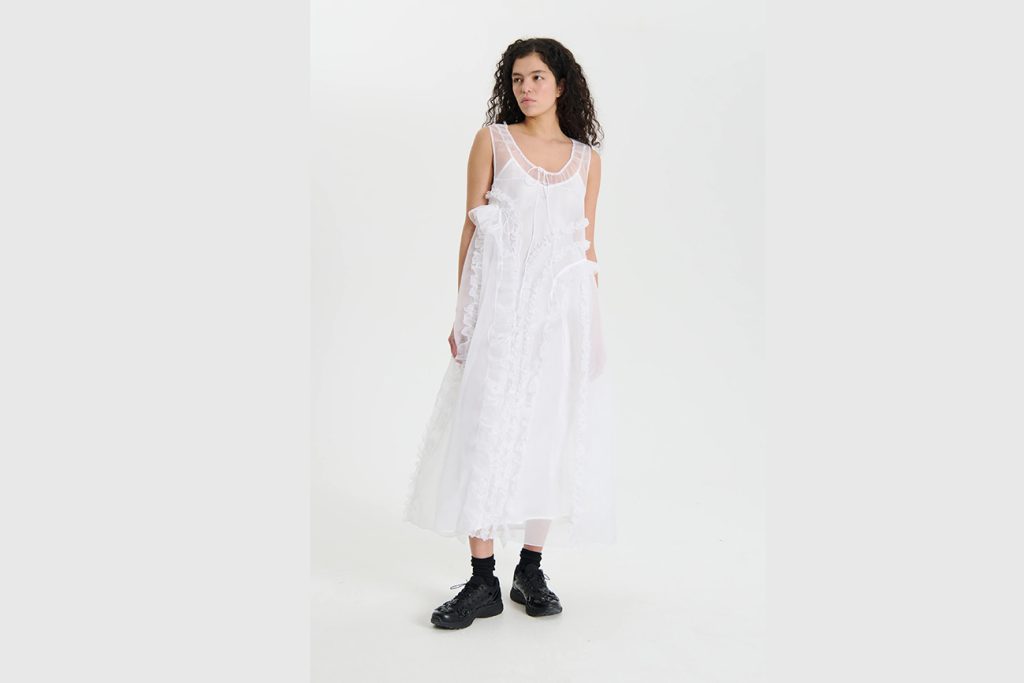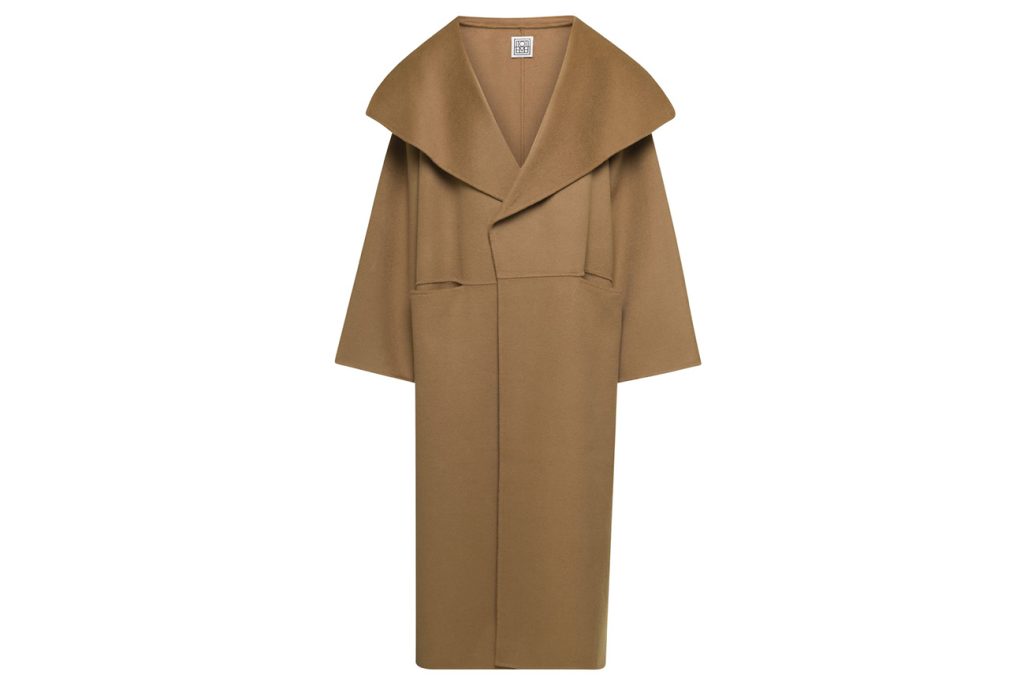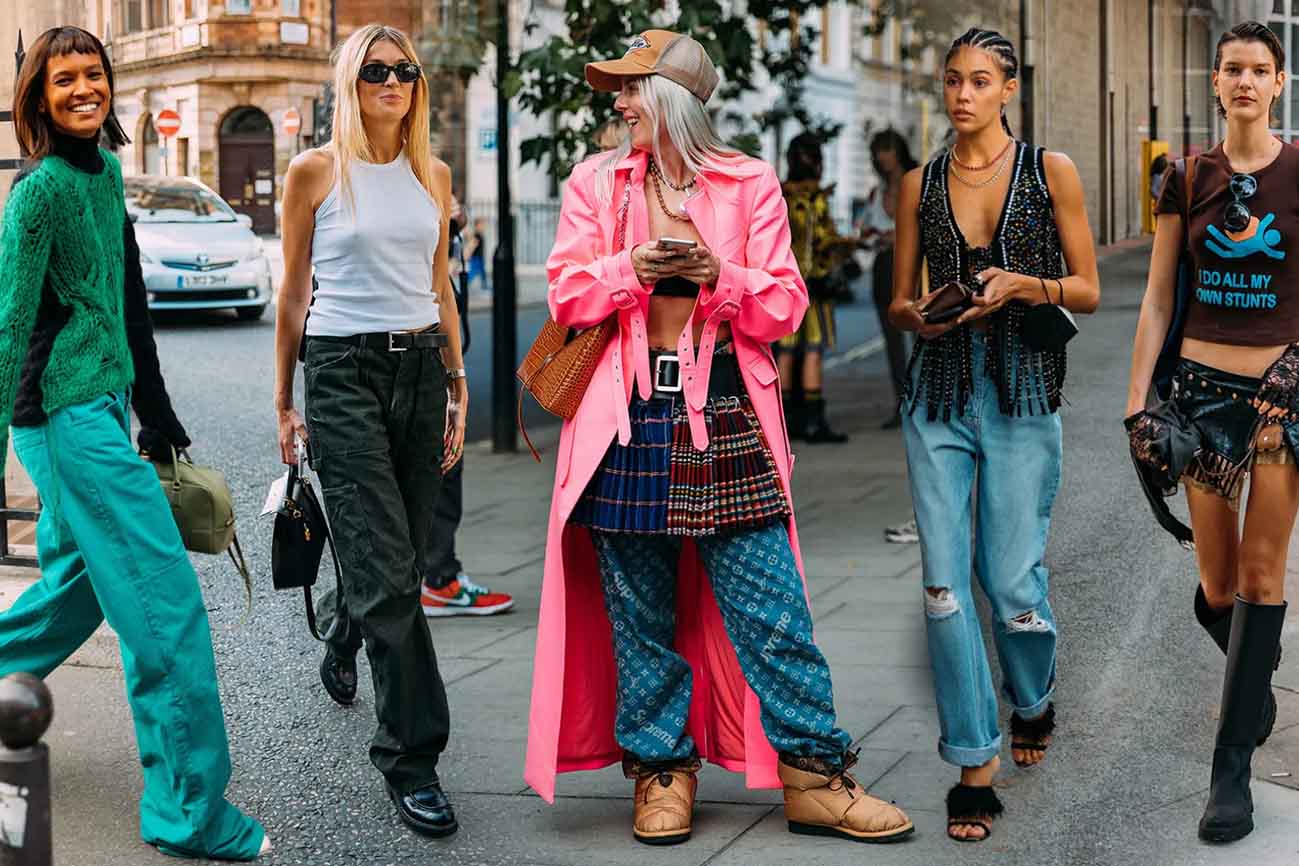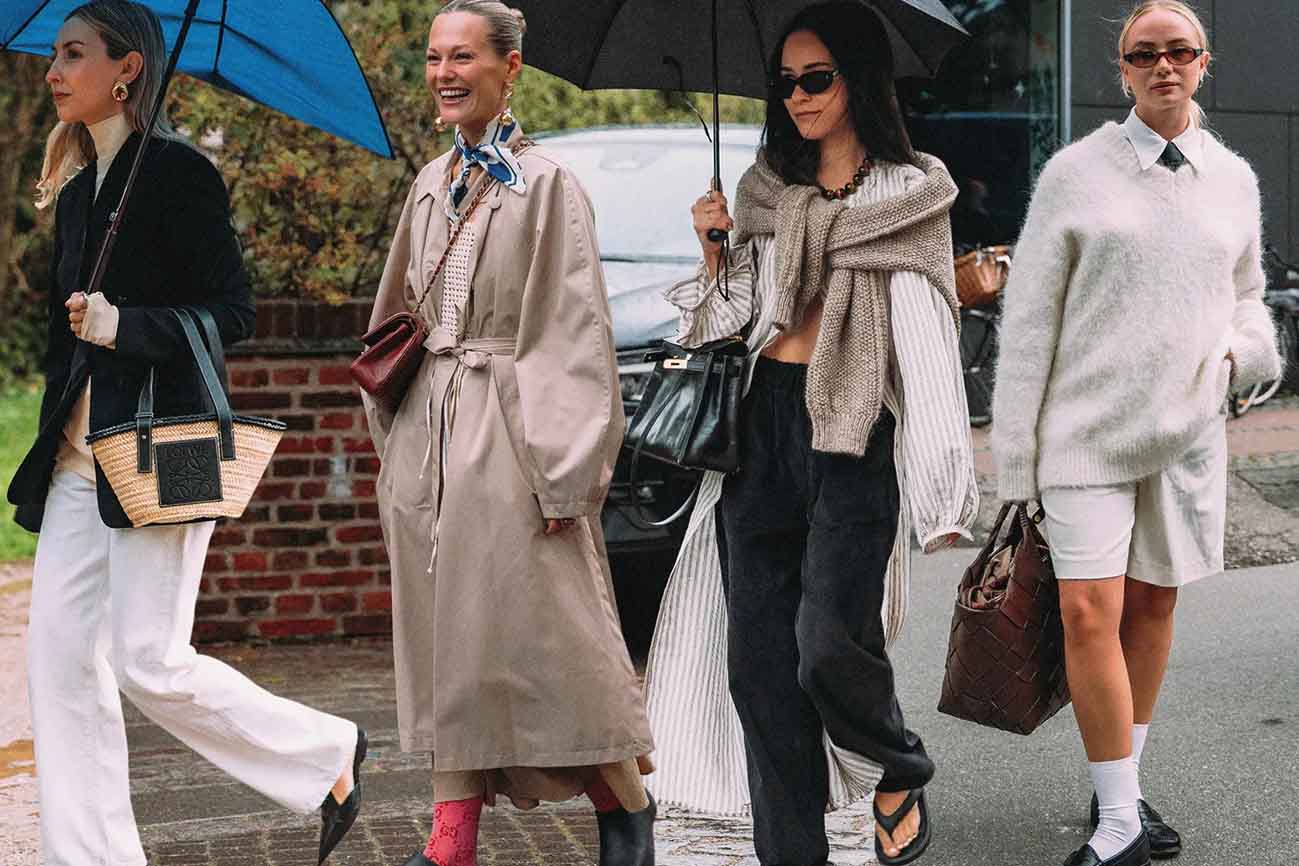We’ve all been there: standing in front of a fitting room mirror, shopping cart full, or online checkout screen glowing back at us. The item looks fine. It’s on-trend. It even has decent reviews. And yet—something feels… flat. That spark, that thrill, that gut-deep “yes”—missing.
Here’s the truth: the most unforgettable pieces in your wardrobe are never just “nice.” They hold emotional tension. They stir something. They raise questions. They invite double takes, second thoughts, or sudden delight.
And in a world where it’s all too easy to dress like an algorithm (thanks, explore page), building a wardrobe with emotional gravity—pieces that feel—is what sets the effortlessly stylish apart from the simply well-dressed.
So next time you’re about to add to cart, pause. Breathe. Ask yourself: does this piece have emotional tension? Here’s how to recognize it—and where to find it.
What Is “Emotional Tension” in Fashion, Anyway?
It’s that inexplicable pull a piece has. Not because it’s trending. Not because it flatters you in a safe, predictable way. But because it evokes a response.
Maybe it’s a rugged leather jacket that reminds you of a love affair that never quite ended. A pair of barely-there heels that make you feel dangerous. A dress that balances delicacy and structure like a whispered dare.
Emotional tension often lives in contradiction: soft vs. sharp, nostalgic vs. futuristic, masculine vs. feminine. It’s where feeling enters fashion. And it’s what makes someone say, “You always look so interesting,” rather than, “Where did you buy that?”
Signs a Piece Has Emotional Tension
It makes you hesitate—but in a good way.
You’re not sure if you can “pull it off.” That’s usually a clue it’s pushing your style story forward.
It’s not a copy of something you already own.
Maybe it’s more sculptural, or more romantic, or has that unexpected neckline. If it introduces a new energy, pay attention.
It feels like a character.
Think: what kind of version of yourself shows up in this piece? Does it unlock something—a mood, a scene, a statement?
You don’t immediately know how to style it—but that excites you.
Because it pushes you to play, not just repeat.
Real Pieces, Real Tension: A Curated Guide
Ready to shop with more feeling and less autopilot? Here are some real fashion finds that bring emotional tension to life—subtle or bold, they all speak.
1. The Unexpected Dress
Brand: Cecilie Bahnsen
Piece: Babette Appliquéd Organza Midi Dress
Floaty, feminine, and fragile—but also architectural and modern. This isn’t just a pretty dress; it’s a soft rebellion against overstructured eveningwear. Wear it with chunky boots or stark flats for contrast.

2. The Sculptural Bag
Brand: Jil Sander
Piece: Goji Frame Leather Bag
Not quite vintage, not quite future. The metal frame and rounded shape add tension to any outfit, even a jeans-and-tee look. It’s a bag that quietly commands respect.
3. The Off-Balance Shoe
Brand: MM6 Maison Margiela
Piece: Japanese Platform Loafers
They look classic—until you see the unexpected angular heel. A wink of the absurd in an otherwise polished shoe. Emotional tension lives in that surprise.
4. The Masculine Blazer With a Soft Edge
Brand: The Frankie Shop
Piece: Bea Oversized Blazer
Boxy and oversized, but in warm, feminine hues like buttercream or soft olive. Style it with delicate jewelry or nothing underneath—it’s all about contrast.
5. The “Could-Be-Vintage” Top
Brand: Paloma Wool
Piece: Micol Asymmetric Mesh Top
It feels like something found in a Barcelona thrift shop—artsy, sheer, and unpredictable. Pair with sleek tailored pants for balance.
Brand: Totême
Piece: Signature Wool Coat
Minimal at first glance, but the sharp collar and drape give it movement and presence. It says “I’ve arrived” without shouting.

7. The Rough-Pretty Skirt
Brand: Acne Studios
Piece: Distressed Denim Maxi Skirt
Worn edges, raw hem, a little ’90s grunge. But the silhouette is lean and almost elegant. Dress it up with a silk cami, or down with a shrunken hoodie.
How to Shop With Feeling, Not FOMO
We live in a world that tells us to click fast and wear fast. But emotional dressing means slowing down. Here’s your new pre-checkout ritual:
Can I describe this piece in an emotion, not just a trend word?
(e.g. “This feels powerful” vs. “This is Y2K.”)
Does it challenge me—but still feel true?
Not every risky piece is right—but the ones that flirt with unfamiliarity and still feel like “you,” those are gold.
Will it spark joy or conversation six months from now?
Emotional tension ages well. Fast fashion fades.
Bonus: Create Your Own Style Vocabulary
To shop with more intuition, build a personal “style emotion” list. Not aesthetic categories—but feelings. Yours might look like:
Curious but composed
Intimacy with an edge
Controlled chaos
Soft strength
Unpolished elegance
Then, when shopping, ask: Does this piece speak any of these languages?
Be Your Own Muse
Fashion with emotional tension doesn’t come from copying. It doesn’t live in the scrollable sameness of trends or in recreating someone else’s aesthetic blueprint. It comes from listening—first to yourself, then to the pieces that pull at you for reasons you can’t quite explain. Sometimes it’s instant. Sometimes it’s quiet and slow. Either way, it’s real.
Some days, you’ll crave clean lines and simplicity—a uniform of clarity. Other days, you’ll want something raw and dramatic, like a dress that feels like heartbreak or rebellion stitched into fabric. That’s the beauty of intentional dressing: there’s no fixed style, no rigid rulebook. Just rhythm. Just instinct.
Your wardrobe doesn’t need to make sense to anyone else. It only needs to make you feel something. Don’t ask: “Is this on trend?” Ask: “Does this reflect something in me that I want to show the world?” Because true personal style isn’t about impressing; it’s about expressing.
So next time you’re hovering over the ‘buy now’ button, pause. Not to doubt—but to feel. If that jacket, that bag, that blouse stirs something—nostalgia, courage, softness, edge—then it’s not just fashion.
It’s your identity in motion.
It’s you, expressed.



